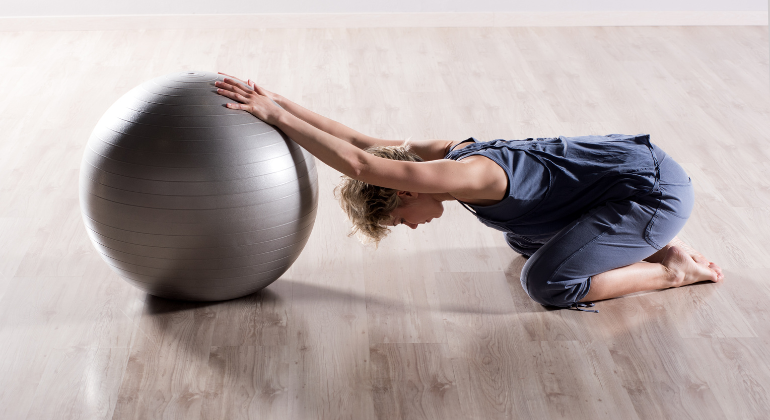Frozen shoulder, or adhesive capsulitis, is a condition that causes pain, stiffness, and limited mobility in the shoulder joint. It develops gradually and can severely impact your ability to perform daily tasks like lifting, reaching, or even dressing. While professional treatment is essential for severe cases, targeted exercises can significantly reduce symptoms, improve flexibility, and …
Frozen shoulder, or adhesive capsulitis, is a condition that causes pain, stiffness, and limited mobility in the shoulder joint. It develops gradually and can severely impact your ability to perform daily tasks like lifting, reaching, or even dressing.
While professional treatment is essential for severe cases, targeted exercises can significantly reduce symptoms, improve flexibility, and restore shoulder mobility. These frozen shoulder exercises at home are simple, require minimal equipment, and can be easily incorporated into your daily routine.
Let’s explore these exercises in detail to help you regain comfort and mobility in your shoulder.
Top Frozen Shoulder Exercises at Home for Quick Pain Relief

If you’re dealing with a frozen shoulder, it’s important to start with gentle exercises that ease stiffness and promote controlled movement. These three exercises are ideal for relieving pain and initiating recovery.
1. Pendulum Swings
Target Area: Shoulder Joint
Pendulum swings gently encourage movement in the shoulder without adding strain to the joint.
How to Perform:
- Stand beside a sturdy table or chair and place one hand on it for support.
- Lean forward slightly, allowing your affected arm to hang freely.
- Swing your arm in small circular motions, both clockwise and counterclockwise.
- Perform 10–15 circles in each direction.
Why It Helps:
Pendulum swings improve blood flow and loosen the shoulder joint, reducing stiffness and discomfort.
2. Finger Walk
Target Area: Shoulder Joint and Deltoids
This exercise allows for a gradual increase in your shoulder’s range of motion.
How to Perform:
- Stand facing a wall, about an arm’s length away.
- Place your fingertips on the wall at waist height.
- Slowly “walk” your fingers up the wall as high as you can without pain.
- Hold for a few seconds, then walk your fingers back down.
- Repeat 10–12 times.
Why It Helps:
Finger walking encourages controlled, pain-free movement and helps break up adhesions in the shoulder.
3. Arm Circles
Target Area: Shoulder Joint and Rotator Cuff
Arm circles are an easy way to loosen the shoulder and improve flexibility.
How to Perform:
- Stand upright and extend your affected arm out to the side.
- Slowly make small circles in the air, gradually increasing their size.
- Perform 10–15 circles clockwise, then reverse direction.
Why It Helps:
This exercise enhances mobility and boosts blood flow to the shoulder joint.
Transition: Once you’ve worked on relieving pain, the next step is to focus on stretches that improve flexibility and further loosen the shoulder joint.
Best Shoulder Stretches to Improve Mobility and Reduce Stiffness

Stretching is critical for restoring the range of motion in a frozen shoulder. These stretches focus on reducing tightness and improving flexibility for smoother movement.
1. Towel Stretch
Target Area: Shoulder Flexors and Rotators
How to Perform:
- Hold a towel behind your back with one hand and grab the other end with your opposite hand.
- Use the top hand to gently pull the towel upward, stretching the affected shoulder.
- Hold the stretch for 10–15 seconds, then release.
- Perform 10 repetitions.
Why It Helps:
The towel stretch improves flexibility and eases stiffness in the shoulder.
2. Cross-Body Stretch
Target Area: Rear Shoulder and Deltoids
How to Perform:
- Bring your affected arm across your chest at shoulder height.
- Use your opposite hand to gently pull your arm closer to your body.
- Hold for 15–20 seconds, then switch sides.
- Perform 2–3 repetitions per side.
Why It Helps:
This stretch reduces tension in the rear shoulder muscles, improving mobility and posture.
3. Doorway Stretch
Target Area: Chest and Shoulders
How to Perform:
- Stand in a doorway with your arms bent at 90 degrees and your hands resting on the doorframe.
- Step forward gently until you feel a stretch across your chest and shoulders.
- Hold for 15–20 seconds, then step back.
- Perform 2–3 repetitions.
Why It Helps:
The doorway stretch opens up the chest and shoulders, reducing tightness and enhancing flexibility.
Transition: As your shoulder gains flexibility, it’s time to focus on exercises that promote recovery and help rebuild strength and mobility.
DIY Exercises to Recover from Adhesive Capsulitis and Restore Mobility
These DIY exercises for adhesive capsulitis recovery are simple, effective, and perfect for practicing at home to aid your shoulder’s recovery process.
1. Table Slides
Target Area: Shoulder Joint and Flexors
How to Perform:
- Sit in front of a table and place a towel under your affected arm.
- Use your unaffected arm to slide the towel forward, gently stretching the shoulder.
- Stretch as far as is comfortable, then return to the starting position.
- Perform 10–12 repetitions.
Why It Helps:
This exercise stretches the shoulder safely, promoting mobility and reducing stiffness.
2. Wall Climb
Target Area: Rotator Cuff and Shoulder Joint
How to Perform:
- Stand facing a wall at arm’s length.
- Place your fingertips on the wall and slowly “climb” them upward as high as you can without pain.
- Hold for 5 seconds before returning to the starting position.
- Repeat 10–12 times.
Why It Helps:
Wall climbs gently increase flexibility and help restore the shoulder’s range of motion.
3. Sleeper Stretch
Target Area: Rotator Cuff
How to Perform:
- Lie on your unaffected side with your affected arm bent at a 90-degree angle in front of you.
- Use your opposite hand to gently press the affected arm down toward the floor.
- Hold for 15–20 seconds, then release.
- Perform 3 repetitions.
Why It Helps:
The sleeper stretch targets the rotator cuff, improving flexibility and reducing stiffness in the shoulder.
Transition: While these targeted exercises are essential, adding simple relief techniques can further enhance your recovery process.
Simple and Effective Techniques for Frozen Shoulder Relief at Home
These quick and easy techniques are perfect for reducing pain and keeping your shoulder active between exercise sessions.
1. Shoulder Rolls
How to Perform:
- Sit or stand upright and relax your arms at your sides.
- Slowly roll your shoulders forward in a circular motion.
- Complete 10 rolls, then reverse the direction and roll backward for another 10.
2. Scapular Squeezes
How to Perform:
- Sit or stand with your back straight and arms at your sides.
- Squeeze your shoulder blades together as if holding a pencil between them.
- Hold for 5 seconds, then release.
- Perform 10–12 repetitions.
3. Overhead Reach
How to Perform:
- Sit or stand and raise your affected arm overhead as high as you can without pain.
- Use your opposite hand to assist if needed.
- Hold the position for 10 seconds, then lower your arm.
- Repeat 10–12 times.
Regain Shoulder Mobility and Live Pain-Free
Frozen shoulder can be challenging, but with the right exercises, you can regain mobility and reduce pain. These frozen shoulder exercises at home, combined with simple relief techniques, offer practical solutions for recovery.
If symptoms persist or worsen, seeking professional help is crucial. At Painflame, our expert physiotherapists specialize in creating tailored treatment plans to ensure long-term relief.
Contact Painflame today and take the first step toward healthier, pain-free shoulders!
Recent Blog : How Do I Choose the Best Home Physiotherapy Service?
Frequently Asked Questions (FAQs)
Can Frozen Shoulder Heal on Its Own Without Treatment?
Yes, frozen shoulder can improve over time, but the recovery process can take months or even years without intervention. Exercises, stretches, and physiotherapy can significantly speed up the recovery and reduce discomfort, making it easier to regain mobility.
How Long Does It Take to Recover from Frozen Shoulder?
The recovery time for frozen shoulder varies and typically occurs in three stages: freezing, frozen, and thawing. Without treatment, recovery can take up to 2–3 years. With proper exercises and physiotherapy, you may see improvements within a few months.
Is It Safe to Exercise with a Frozen Shoulder?
Yes, but it’s crucial to focus on gentle and controlled movements that don’t cause sharp pain. Exercises like pendulum swings and finger walks are designed to improve mobility safely. Avoid heavy lifting or movements that strain the shoulder.
What Are the Early Symptoms of Frozen Shoulder?
Early symptoms include mild stiffness and discomfort in the shoulder, difficulty performing overhead movements, and pain that worsens at night. Recognizing these signs early can help prevent further progression.
Can a Frozen Shoulder Come Back After Recovery?
It’s rare, but frozen shoulder can recur, especially if the underlying causes—like diabetes, prolonged immobility, or injury—aren’t addressed. Maintaining a regular exercise routine and managing any health conditions can help prevent recurrence.






